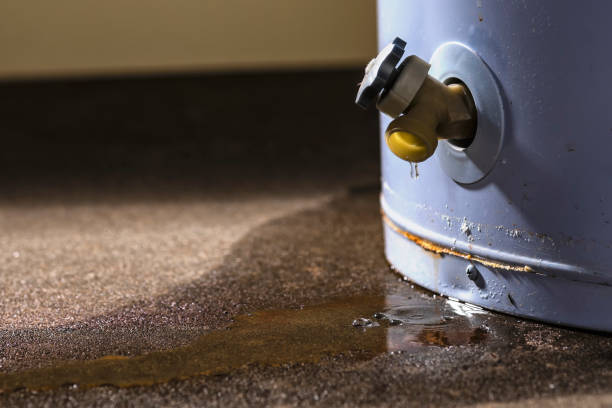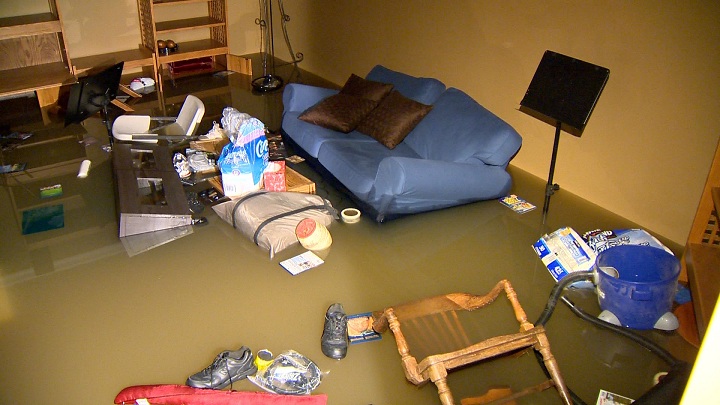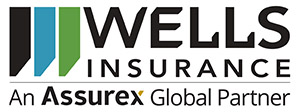

Water damage losses are potentially contributing to a rise in insurance premiums. Water damage has become the second most common type of insurance claim after wind and hail damage.1 Based on recent reported data from insurers, one in fifty insured property structures will submit a water-related incident each year. Top causes for water damage losses include appliance failures, burst pipes after power failure, plumbing leaks, and sewer back-up. The burst pipes and ensuing water damage after the winter storm that paralyzed Texas and parts of neighboring states in February 2021 resulted in over 500,000 claims.2
Reported historical figures since 2013 indicate commercial buildings are six times more likely to be damaged by water versus theft, and water damage is seven times more likely than fire.3 Industry data also highlighted an increase in the frequency rate of water damage losses.
A key concern for policyholders can be adequacy of coverage. Insurance policies may contain limitations, so it is important to review and understand coverage. Following the Texas winter storm many policyholders were unaware of limitations on plumbing-related water damage and freezing conditions. Some insurers also have modified policy language shifting more risk to policyholders requiring timely and proper repairs, routine maintenance, and extra precautions to prevent or minimize water damage losses.
What can you do to decrease your risk?
-
- Closely evaluate policy terms and conditions
- Perform precautionary risk management to protect structures and BPP
- Wrap / insulate outdoor and indoor pipes in unheated areas
- Properly seal building cracks around water pipes where they enter structures
- Check areas requiring building insulation and repair / increase where needed
- Replace traditional hot water heaters every 10 years – (this is a major cause of water losses)
- Maintain heat at a minimum of 55 degrees during colder months
- Drain and winterize plumbing lines during the off season (seasonal risks)
- Install heat monitoring devices alerting a central station if the temperature in a building falls below 55 degrees
- Install an automatic leak detection or automatic water shut off system
- Utilize stainless steel braided hoses instead of rubber
- Switch to an Antifreeze Fire Sprinkler System
- Have a qualified plumbing contractor evaluate plumbing annually and repair as needed
- Provide detailed instructions for employees or tenants on what do if they see a water leak
- Require regular off season checks in each unit (Condominium Buildings)

If you have further questions or concerns, please don’t hesitate to reach out to one of our Personal Lines specialists.
910.762.8551
Sources:
Information provided by RT Specialty Insurance
1. (2021, December 9th) Water Damage Statistics. iProperty Management




Leave a reply